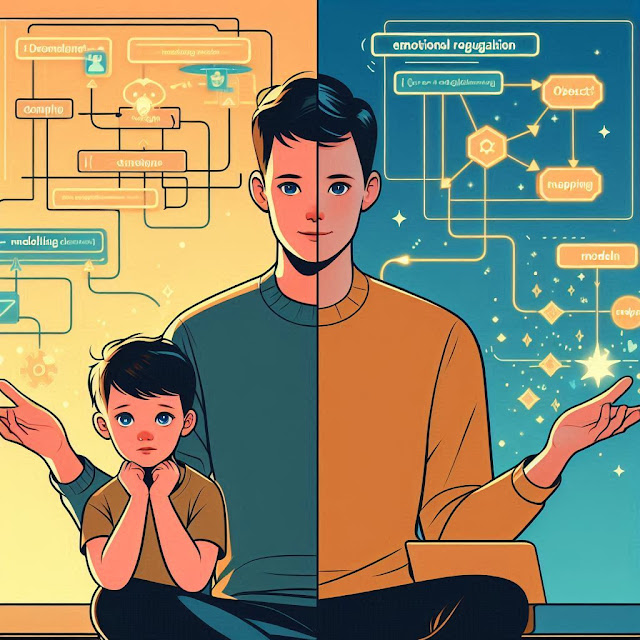I was listening to the Coaching for Leaders podcast today where the episode featured Jon Fogel discussing "How to raise your kids without raising your voice." If you're a parent, I strongly recommend this episode.
The ineffectiveness of punishment
The key message that resonated with me is that punishment simply doesn't work. Many of us think we're "teaching our kids a lesson," but children often can't even remember what they were being punished for.
Instead of imposing retribution, Jon suggests helping your kids understand the natural and logical consequences of their behaviors. For example, rather than punishing a child who refuses to wear a coat, letting them experience being cold (within safe limits) teaches the practical reason for wearing one far more effectively.
One quote from the podcast particularly struck me:
"Get curious, not furious: Your kid's not giving you a hard time; they're having a hard time."
This perspective shift from seeing misbehavior as defiance to recognizing it as struggle has been transformative in how I approach challenging moments with my own children.
When ORM isn't just for databases
What particularly triggered my nerdy brain during the episode was when Jon mentioned that kids learn through "object relational mapping" (ORM).
For fellow software developers, ORM has a specific technical meaning - it's a technique that creates a bridge between object-oriented programming and relational databases, allowing us to interact with databases using programming language objects rather than direct SQL queries.
But in the parenting context, ORM takes on a powerful new meaning:
Modeling Behavior: The ultimate parenting ORM
Children are great imitators. So give them something great to imitate.
Kids learn primarily from the behavior we demonstrate, not from the "parental talks" we have with them. The better we can regulate our own emotions and show self-control when our kids are pushing all the right (or wrong) buttons, the better they can learn these skills themselves.
I've noticed this in my own home - when I respond calmly to frustration, my children gradually adopt similar approaches. When I lose my cool, those behaviors get "mapped" into their own response patterns.
It's a humbling reminder that our children's behavioral database is constantly being updated through our examples.
What is modeled is mirrored
This simple truth has become my parenting mantra. Just as in software development where good architecture creates predictable, maintainable systems, in parenting, our consistent modeling creates the foundation for our children's emotional intelligence and self-regulation.
I'm still working on implementing this wisdom daily - it's definitely a continuous deployment process rather than a one-time installation!
More information
Raise Kids Without Raising Your Voice – Coaching for Leaders
